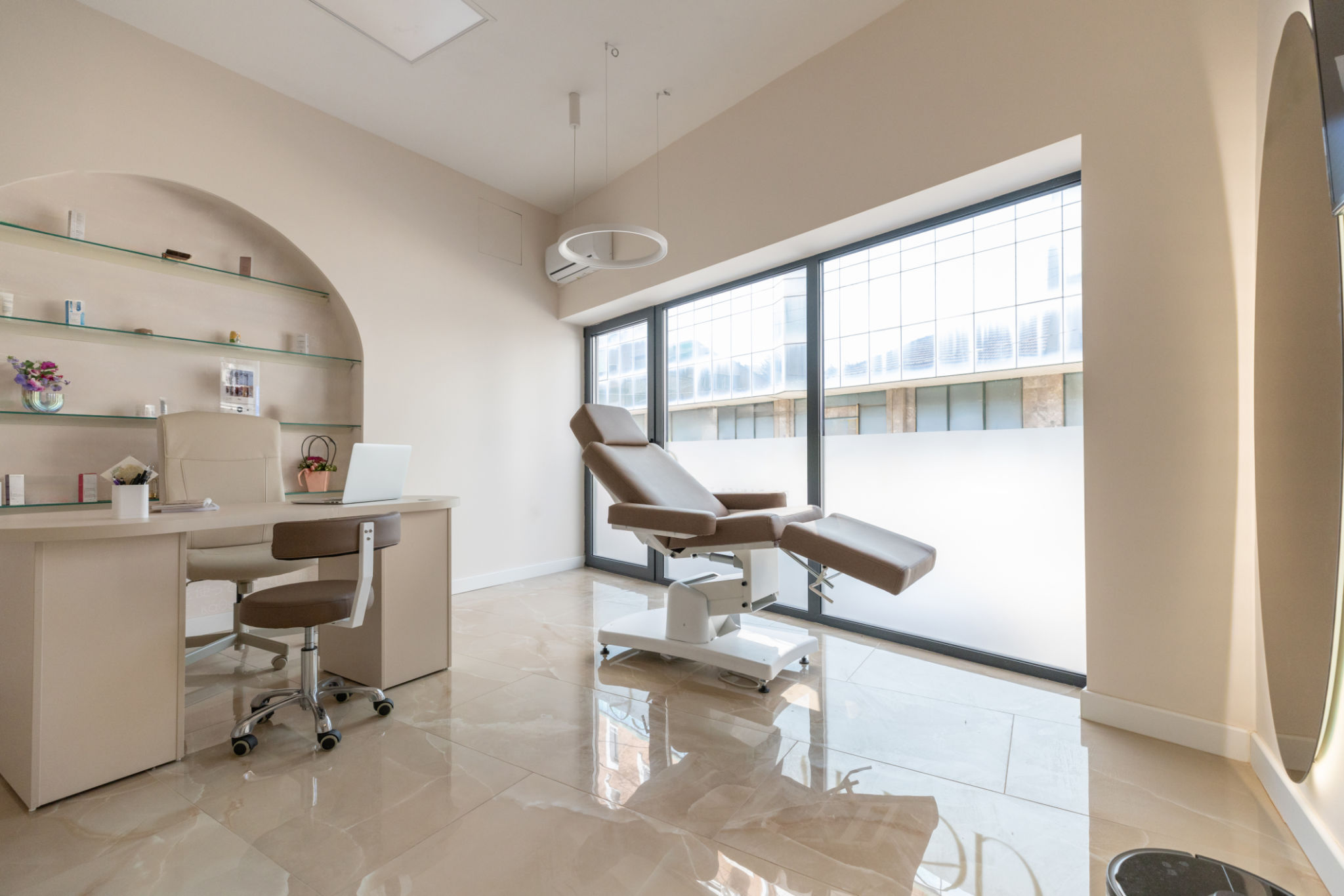Local Regulations for Medical Aesthetic Devices: What Practitioners in Solon Need to Know
pe
Understanding the Regulatory Landscape
Practitioners in Solon who offer medical aesthetic services must navigate a complex regulatory landscape. This includes understanding both federal and state regulations that govern the use of medical aesthetic devices. Ensuring compliance is not only crucial for legal operations but also for maintaining patient safety and trust.

Federal Regulations
The Food and Drug Administration (FDA) plays a significant role in regulating medical aesthetic devices across the United States. These devices are categorized based on their intended use and potential risk to patients. Practitioners must ensure that any device they use is FDA-approved or cleared, as this guarantees that it has met specific safety and efficacy standards.
Additionally, the FDA requires manufacturers to provide clear instructions for use, and practitioners are responsible for adhering to these guidelines. Regular updates from the FDA should be monitored to stay informed about any changes or new requirements.
State-Level Requirements
In Ohio, the State Medical Board oversees regulations specific to medical aesthetic practices. Practitioners in Solon must ensure they are compliant with state-specific licensing requirements. This includes understanding who is authorized to operate certain devices and what level of supervision is required.

Additionally, Ohio may have specific training requirements for practitioners using high-risk devices. It is crucial to stay updated with any changes in state laws, as these can directly impact daily operations and service offerings.
Training and Certification
Obtaining proper training and certification is essential for anyone using medical aesthetic devices. Not only does this ensure compliance with regulations, but it also enhances practitioner expertise and patient confidence. Training programs often cover device operation, patient safety, and emergency protocols.
Practitioners should seek out accredited training programs that are recognized by both state and federal authorities. Maintaining up-to-date certifications can be a valuable asset in a competitive market.

Documentation and Record-Keeping
Thorough documentation is critical in the medical aesthetics industry. Practitioners should maintain detailed records of device usage, patient consent forms, and treatment outcomes. This documentation serves as proof of compliance with regulatory standards and can be invaluable in case of audits or legal inquiries.
Implementing a robust record-keeping system will help streamline your practice's operations and improve overall efficiency. Regular audits of these records can also help identify any potential compliance gaps.
Staying Informed and Connected
The regulatory landscape for medical aesthetic devices is continually evolving. Joining professional organizations or networks can provide practitioners with timely updates on regulatory changes and industry best practices. These platforms also offer opportunities for continued education and professional development.
Engaging with peers through forums or attending industry conferences can provide valuable insights into navigating regulations effectively. By staying informed, practitioners can proactively address any compliance challenges before they arise.

In summary, practitioners in Solon must be diligent in understanding and adhering to both federal and state regulations regarding medical aesthetic devices. By prioritizing compliance, training, documentation, and networking, practitioners can ensure their practice operates safely and successfully in this dynamic industry.